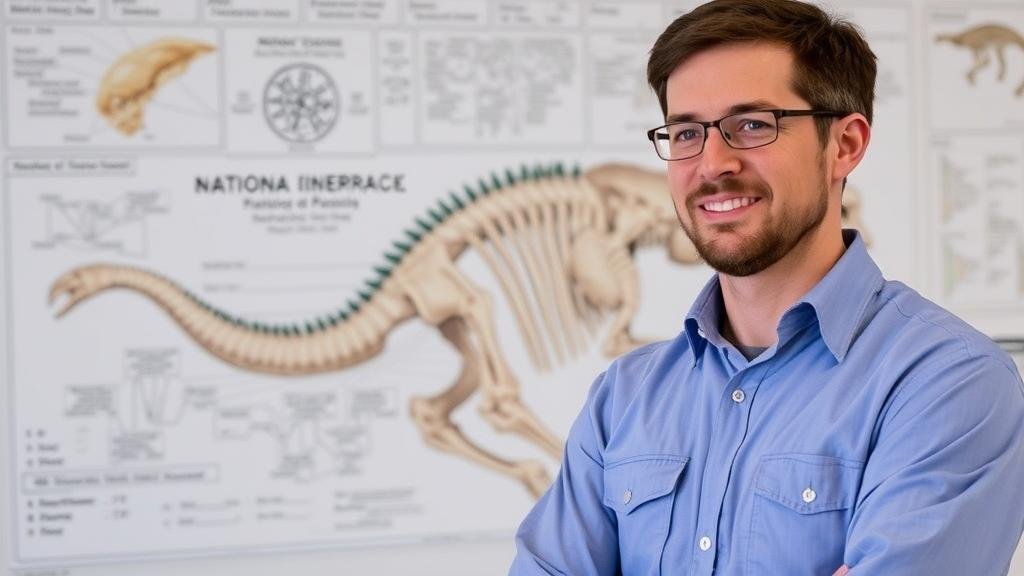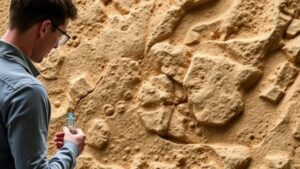Unlocking National Park Paleontological Records to Find Rare Fossil Zones
Unlocking National Park Paleontological Records to Find Rare Fossil Zones
The study of paleontology provides critical insights into the Earths history, enabling scientists to understand the evolution of life over millions of years. National parks, with their protected environments, hold significant paleontological records that are often underutilized. This article explores the methodologies for accessing these records, the significance of rare fossil zones, and how systematic approaches can enhance fossil discovery efforts in these national reserves.
The Importance of National Parks in Paleontological Research
National parks serve as vital resources for paleontological research due to their geological diversity and preservation of strata. For example, the Badlands National Park in South Dakota is well-known for its rich deposits of fossils from the late Eocene and Oligocene epochs, which include an array of mammals that lived approximately 23 to 5 million years ago.
The National Park Service reports that the fossil record within national parks not only provides evidence of prehistoric life but also assists in understanding ancient ecosystems and environmental changes over time. According to research, approximately 300 national parks in the United States contain significant paleontological resources, with many having not yet been fully studied.
Methodologies for Unlocking Fossil Records
Accessing and analyzing paleontological records requires specific methodologies that incorporate fieldwork, data collection, and advanced technologies.
- Field Surveys: Conducting organized field surveys is essential. Researchers systematically explore various strata and collect samples to assess fossil density and diversity.
- Geographical Information Systems (GIS): Utilizing GIS technology allows scientists to map fossil locations effectively and analyze spatial distribution patterns across national parks.
- Geological Mapping: Detailed geological mapping of park regions enables paleontologists to correlate rock layers with age and fossil types, identifying likely fossil zones.
For example, at Fossil Butte National Monument in Wyoming, researchers have utilized geological mapping and field surveys that identified a layer dating back to the fossil-rich Green River formation, leading to the discovery of numerous beautiful freshwater fish fossils.
Significance of Rare Fossil Zones
Rare fossil zones are areas where fossils of particular significance or uniqueness are found. e zones often reveal extraordinary details about the evolutionary process and environmental conditions of the past. The preservation of such fossil remains can provide insights into extinct species and climate changes.
An example of a rare fossil zone is the La Brea Tar Pits in Los Angeles, California, which preserves an exceptional variety of late Pleistocene fossils, including mastodons and saber-toothed cats. This site has yielded thousands of specimens, contributing significantly to the understanding of prehistoric ecosystems.
Challenges in Accessing Fossil Records
Despite the wealth of information held within national parks, several challenges exist in accessing paleontological records. e include:
- Restricted Access: Certain areas within national parks may have limited access due to environmental regulations, necessitating special permits for fossil collection.
- Lack of Resources: Many parks do not have sufficient funding or personnel dedicated to paleontological research, leading to inadequate exploration of fossil sites.
- Natural Erosion: Continuous erosion can result in the loss of fossil visibility, making it challenging to find and study fossils that were once accessible.
Real-World Applications
The findings from national park fossil records have far-reaching implications beyond academic research. These insights can inform conservation strategies, enhance public education, and contribute to the tourism economy. Engaging the public, such as through fossil excavation programs in parks, can also foster greater appreciation for geological history.
An example of this application is evident in Yellowstone National Park, where the integration of geology and paleontology has led to educational programs aimed at raising awareness about ancient volcanic activity and its impact on life.
Actionable Takeaways
Unlocking national park paleontological records to find rare fossil zones requires a multifaceted approach that includes:
- Useing comprehensive field surveys and data collection.
- Utilizing GIS technology to enhance spatial analysis.
- Fostering collaborations with universities and research institutions for resource-sharing.
By prioritizing these methods, future research efforts can yield critical findings that further our understanding of Earths diverse biological history and its implications for current environmental challenges.



